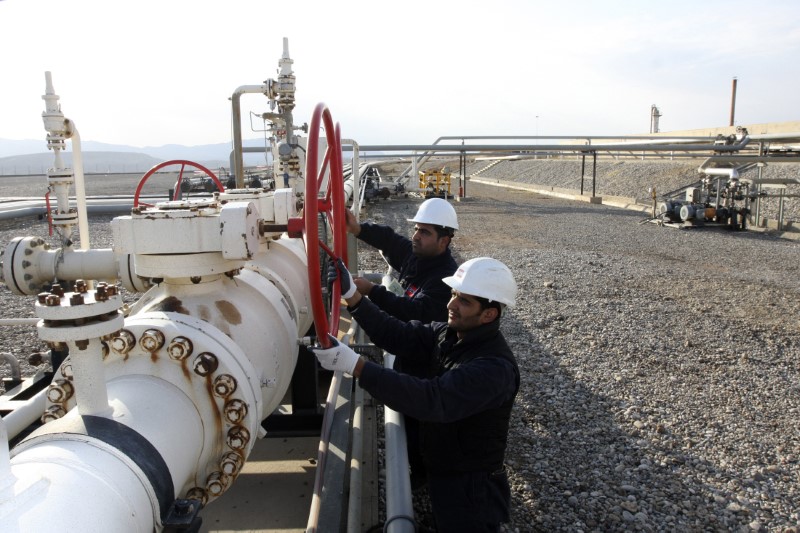By Robert Harvey and Natalie Grover
LONDON (Reuters) – Abundant supplies of some of the biggest crudes are limiting the impact on benchmark oil futures prices from conflicts in the Middle East, according to analysts and traders.
futures briefly rose above $92 a barrel last week, the highest level since October. While that’s bad news for governments struggling to control inflation and high fuel costs, it could have been worse if physical supplies had been tighter.
So far, the conflict has not had a major impact on oil supplies from the Middle East, the world’s largest production region.
“In the absence of any real supply/production issues, this market will struggle to convincingly defy the annual highs seen late last week,” said Tamas Varga of oil broker PVM.
Some of the major crude oil types are showing signs of weakening in prices.
In the North Sea physical market, the premium for 40s crude over the dated Brent benchmark, which hit a 2024 high of $2.30 in February, has narrowed to 35 cents, LSEG shows -facts.
Africa’s biggest crude exporter, Nigeria, has struggled to offload cargoes scheduled for loading in May, and some sellers have cut their offers this week. At least 35 of the 49 shipments are still available, two traders told Reuters, relatively slow sales for this point in the month.
On Friday, Brent spiked on reports that Israel had attacked Iran, gaining more than $3.50 to a high of $90.75. But this was down from last Friday’s peak and fell to a flat trading level that day.
Remove ads
.
Rystad Energy sees fair value for Brent at around $83 based on market fundamentals, “indicating a current premium attributable to geopolitical concerns,” said analyst Jorge Leon.
“Despite the latest strike, Rystad Energy remains of the view that, barring a significant escalation in the Middle East, the geopolitical risk premium will stabilize and gradually decline,” he said.
OIL PRICES UNDER CONTROL
Together with the lack of impact on supply, the fact that the OPEC+ producer group has sufficient spare production capacity is “helping to keep oil prices in check,” HSBC analysts said, noting that “a fair degree of geopolitical risk has already been priced in’. in”.
The weakening signals in physical markets have been driven by peak refinery maintenance, additional supply from the United States and a recovery from outages at some producers, reversing February’s strength.
Libyan oil production has recovered from disruptions earlier this year and exports to Europe remain higher year-on-year in the first four months of 2024, according to Kpler data.
There is good availability of West Texas Intermediate (WTI) Midland, a trade analyst said. Midland is the largest of the six crude oil flows that underlie the Brent benchmark.
In a further indication of the market’s fragility, the premium on the first-month Brent contract over the six-month contract fell to $3.51 per barrel on Thursday, the lowest in about a month. The relaxation of this market structure, called backwardation, indicates that the supply crunch is fading.
Still, analysts said that while lighter, sweeter, lower-density, lower-sulfur crude oils that support Brent futures are in good supply, the heavier, more sulfurous (or sour) grades typically produced in the Middle East , be tighter.
Remove ads
.
Prolonged OPEC+ supply cuts have taken a significant supply of sour crude off the market, especially as producers in the group prefer to sell their lighter grades that yield higher revenues per barrel, veteran oil trader Adi Imsirovic said.
The supply imbalance between sweet and sour crude has been exacerbated by two other developments, Imsirovic said: Mexico’s decision to cut crude oil exports this month and next, and the United Arab Emirates increasing its exports of light crude Murban exports, while the heavier Upper Zakum leads to the new Ruwais. refinery.
OPEC+’s spare production capacity provides some leeway in the event of an actual supply disruption. The International Energy Agency estimates OPEC+’s spare capacity at almost six million barrels per day, equivalent to about 6% of global demand.
“The price response to a potential supply shortage/excess demand is much more muted if there is something to fall back on,” PVM’s Varga said.


